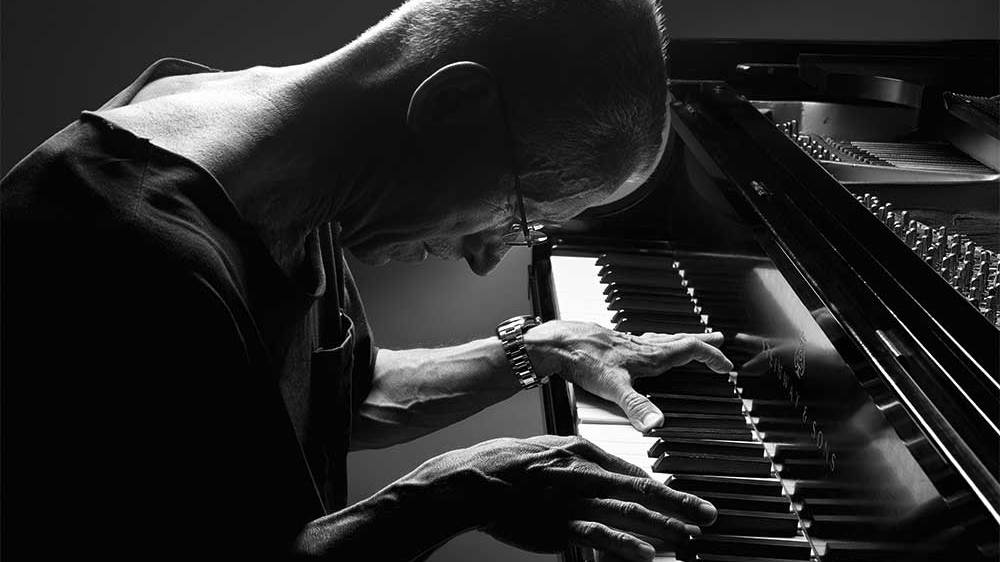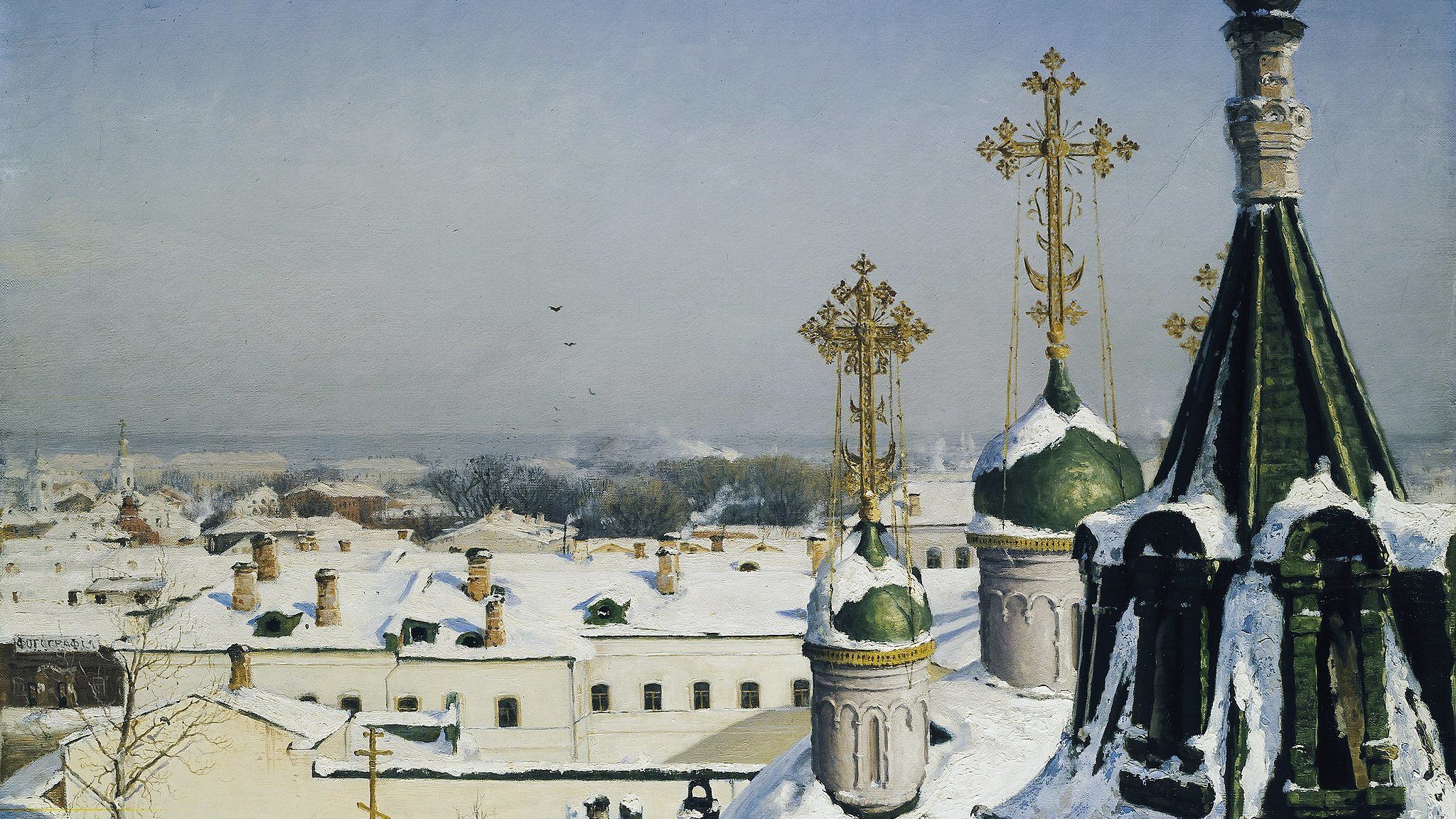Jule Styne’s “I Fall in Love Too Easily,” The Keith Jarrett Trio
Today marks the 116th anniversary of the birth of the great American songwriter, Jule Styne (1905-1994). Born in London, Styne grew up in Chicago, the son of Jewish Ukrainian immigrants. He was a child prodigy pianist, performing with the orchestras of Chicago and Detroit before age ten. Later, he played jazz, withdrawing from the concert stage because of the limitations of his small hands. He created the scores for some of the Broadway theater’s …







